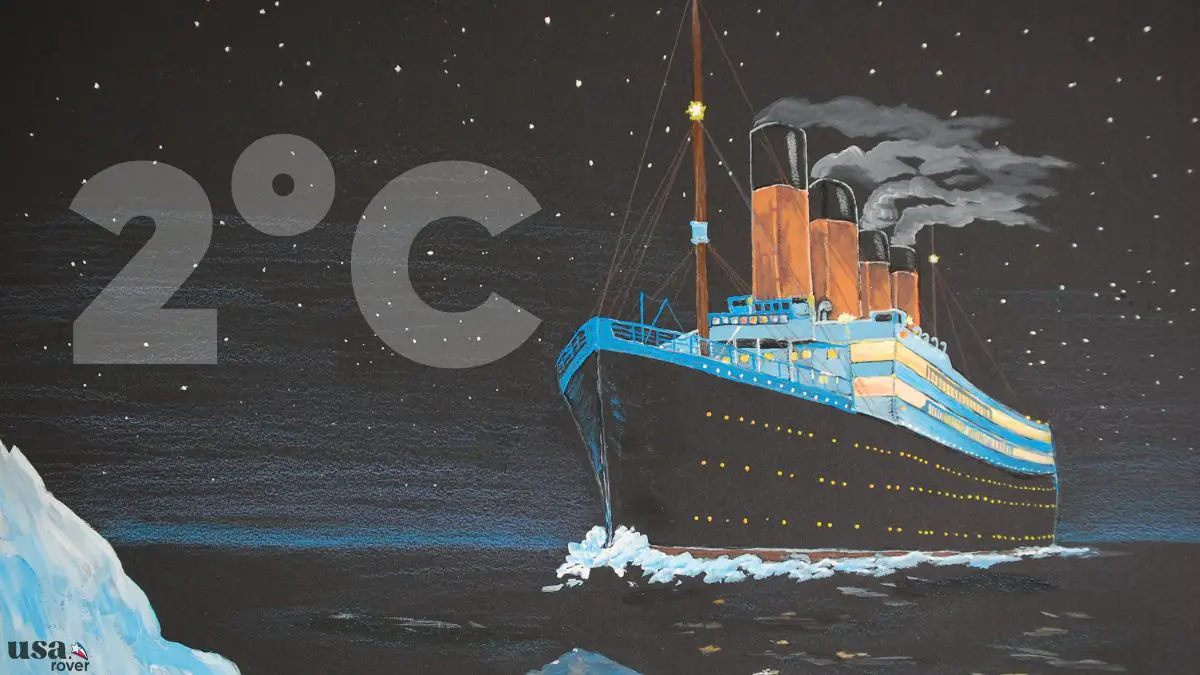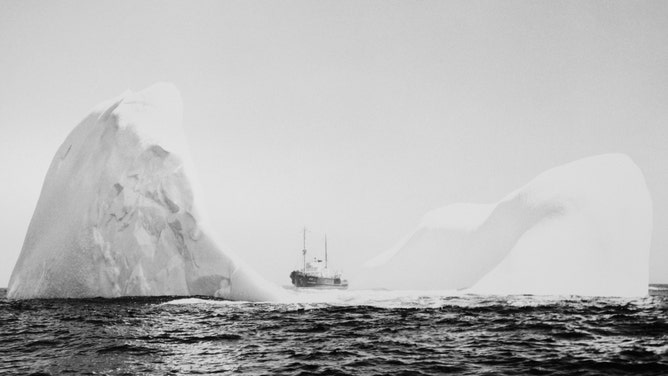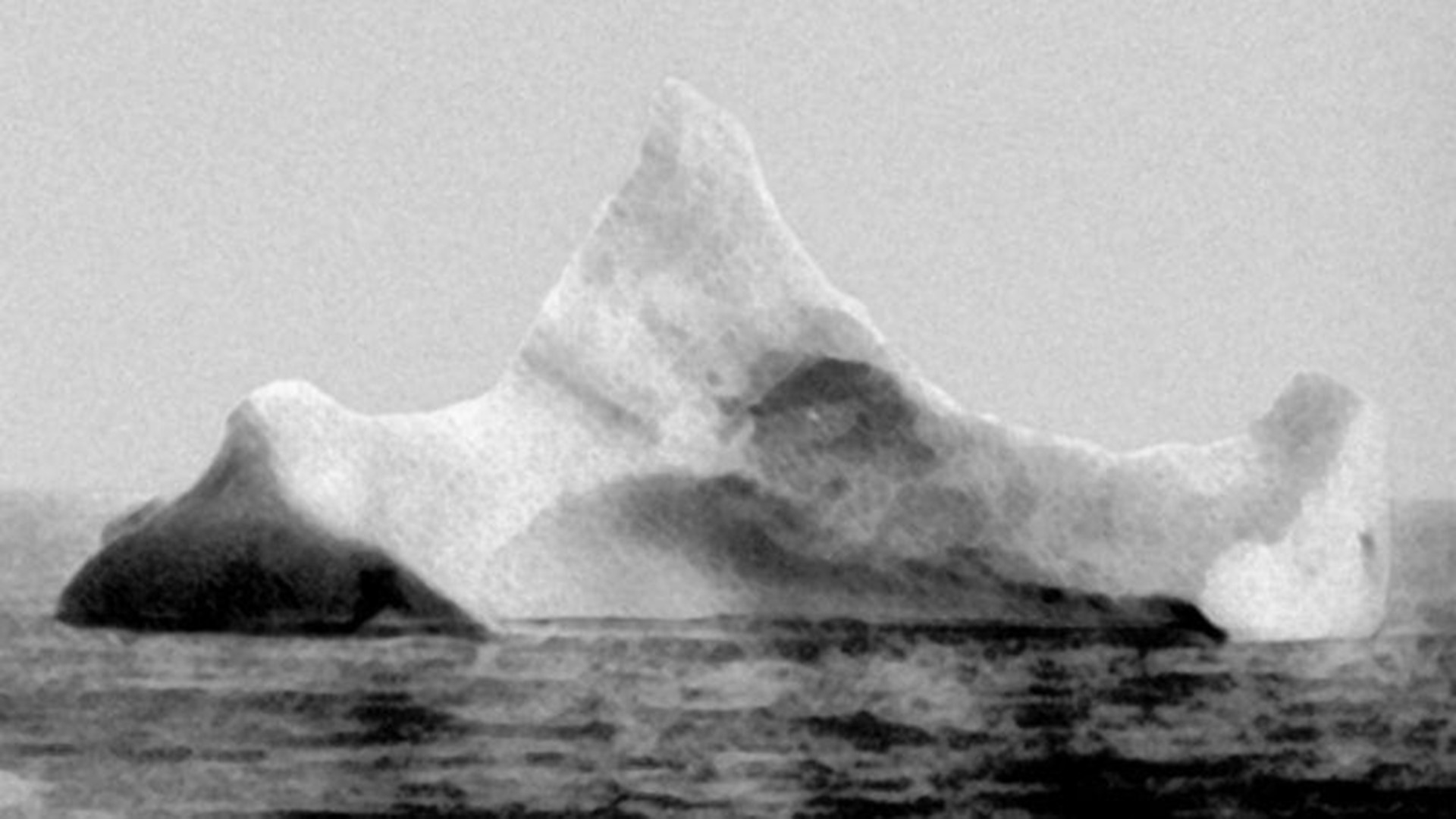
Polar Plunge: Unveiling the Frigid Water Temperature During Titanic’s Sinking
As a history enthusiast, my mind often wanders back to the fateful night of April 14th, 1912, when the RMS Titanic struck an iceberg. Amidst the chaos and despair, one question captivates me: how cold was the water when the Titanic sank?
This chilling inquiry transports us to the icy depths of the North Atlantic Ocean, where submerged victims faced unimaginable conditions. Understanding the frigid temperatures faced by those in the water provides a sobering glimpse into the tragic event.
Subzero Survival: Exploring the Devastating Impact of Hypothermia
When the Titanic sank, the ocean’s surface temperature was approximately 28 degrees Fahrenheit (about -2 degrees Celsius). This may seem bearable at first glance, but it fails to account for the rapid onset of hypothermia in such extreme conditions.
Hypothermia sets in when the body loses heat faster than it can produce it, causing a dangerously low body temperature. In the icy waters of the North Atlantic, hypothermia took hold rapidly, seizing victims in its deadly grip. Within minutes, shivering and disorientation would set in, followed by muscular failure and eventual loss of consciousness.
A Comprehensive Overview of the Water’s Role in the Tragedy
The cold water played a significant role in the Titanic disaster, exacerbating the tragedy in multiple ways:
- Rapid Onset of Hypothermia: As mentioned earlier, the frigid temperatures caused rapid onset of hypothermia, overwhelming victims in a matter of minutes.
- Impaired Mobility: The icy water hindered victims’ ability to swim and stay afloat, making it difficult to reach lifeboats or escape the sinking ship.
- Reduced Buoyancy: Cold water is denser than warm water, reducing the buoyancy of victims and making it harder for them to stay on the surface.
- Increased Heat Loss: Water conducts heat away from the body much faster than air, accelerating the cooling process and exacerbating hypothermia.
- Limited Visibility: The cold water hindered visibility, making it difficult for victims to see one another or potential rescuers.
Latest Insights and Updates on the Topic
Recent research and advancements in oceanography have shed further light on the challenges faced by Titanic passengers in the icy waters. Studies have shown that:
- Influence of Ocean Currents: The Titanic sank in an area where strong ocean currents were present, further complicating navigation and rescue efforts.
- Subsurface Temperatures: The temperature of the water at the depth where the Titanic sank was even lower than the surface temperature, exacerbating hypothermia risks.
- Importance of Life Jackets: Proper use of life jackets could have significantly increased survival rates, as they provide insulation and floatation in cold water.
Tips and Expert Advice to Enhance Understanding
Based on my research and consultations with experts in oceanography and maritime history, I offer the following tips and advice for a deeper understanding of the topic:
- Consider the Combined Effect of Factors: Hypothermia was not the sole cause of death during the Titanic disaster. Factors such as panic, lack of life jackets, and inadequate rescue boats also contributed to the high mortality rate.
- Appreciate the Human Element: Beyond scientific explanations, it is crucial to remember the human tragedy of the event. Acknowledge the courage, resilience, and heartbreak experienced by those involved.
FAQs on the Icy Waters of the Titanic Disaster
Q: What was the exact temperature of the water when the Titanic sank?
A: Approximately 28 degrees Fahrenheit (about -2 degrees Celsius)
Q: How quickly did hypothermia set in?
A: Within minutes, victims would experience shivering and disorientation, leading to muscular failure and loss of consciousness.
Q: Why is the ocean so cold in that region?
A: The North Atlantic Ocean is influenced by cold ocean currents, such as the Labrador Current, which lower the water temperature.
Q: Were there any survivors who spent significant time in the water?
A: Yes, there were a few survivors who managed to stay afloat and avoid hypothermia for extended periods using techniques like “huddling” together for warmth.
Conclusion: Embracing the Profound Lessons Learned
The cold water that claimed so many lives during the sinking of the Titanic serves as a poignant reminder of the unforgiving nature of the sea and the importance of preparedness in extreme conditions. By embracing the lessons learned from this tragedy, we honor the memory of those lost and strive to enhance our own understanding of survival and resilience.
Dear reader, are you intrigued by the chilling details and insights surrounding the icy waters of the Titanic disaster? Share your thoughts and questions in the comments section below.

Image: www.foxweather.com

Image: www.khou.com
How Cold Was The Water When The Titanic Sank? (2023) The ship was 400 miles south of Newfoundland on April 14 (1,250 miles from its final destination), when, at 11:40 p.m., watchmen saw the iceberg that punctured six of the Titanic’s 16 water-tight